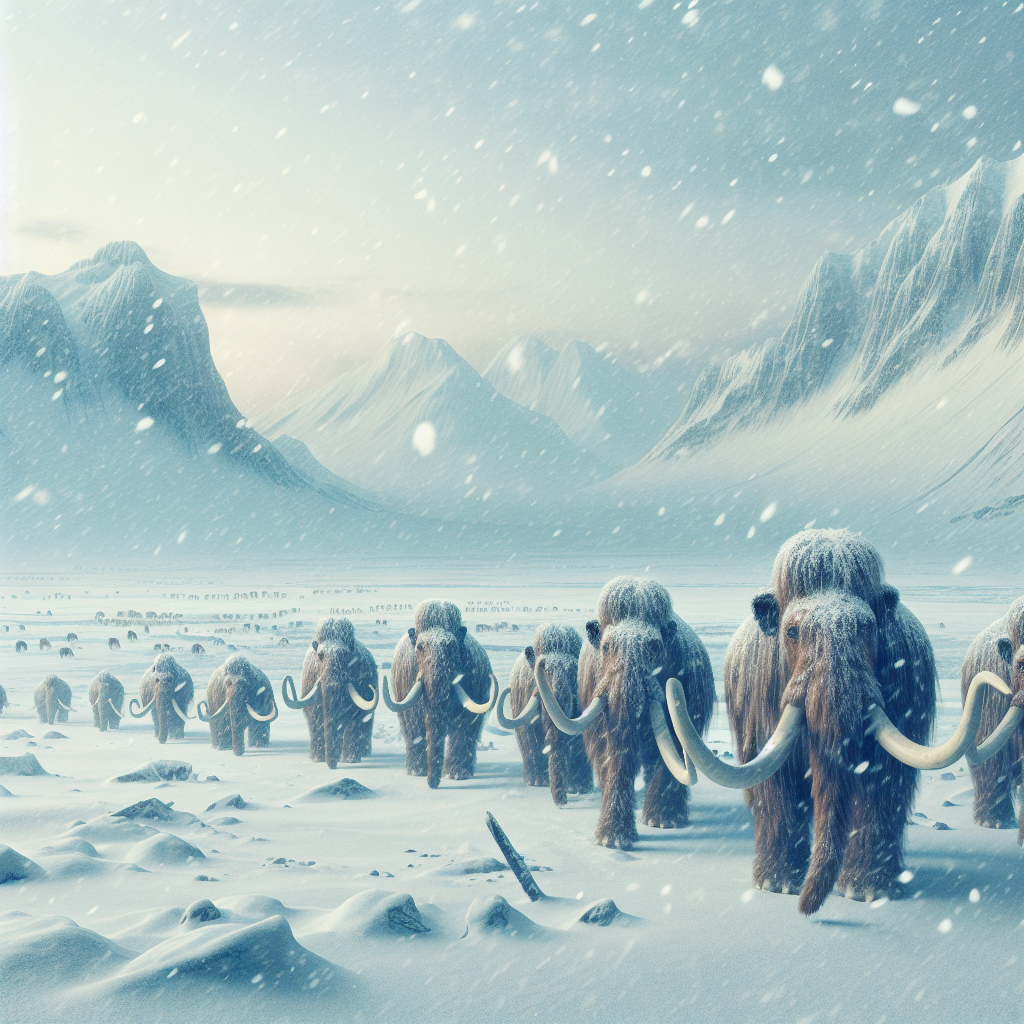The question of why did mammoths become extinct has puzzled scientists for centuries. These magnificent creatures roamed the Earth during the last Ice Age, but their disappearance remains a topic of intense research and debate. Understanding the factors that contributed to their extinction is crucial for comprehending the dynamics of prehistoric ecosystems.
Climate Change and Habitat Loss
One of the primary reasons why did mammoths become extinct is attributed to significant climate changes that occurred around 10,000 years ago. The Earth was warming, leading to the melting of ice sheets and a transformation of the habitats where mammoths thrived. As their grassy tundra environments shrank, mammoths faced severe challenges in finding food.
With the transition from the Ice Age to a warmer climate, forests began to replace the open grasslands that mammoths relied on. This habitat loss not only diminished their food sources but also altered the ecosystems they inhabited. For more insights on how climate change impacts species, visit National Geographic.
Human Hunting and Competition
Another significant factor in the extinction of mammoths was human activity. As humans spread across the globe, they began to hunt large animals, including mammoths. Evidence suggests that early humans hunted mammoths for their meat, bones, and hides. The pressure from hunting, combined with changing environments, created a perfect storm for the mammoths.


Additionally, as humans migrated, they may have brought new competition for resources. Other animals, such as wolves and large cats, also hunted mammoths, adding further stress on their populations. To learn more about the interaction between humans and megafauna, check out this article on Scientific American.
Genetic Factors and Small Populations
As mammoth populations dwindled, inbreeding likely became an issue. Small populations are susceptible to genetic problems, which can reduce adaptability and increase vulnerability to disease. This genetic bottleneck could have made it increasingly difficult for mammoths to survive in a rapidly changing world.
Studies have shown that the last populations of woolly mammoths, which survived on Wrangel Island until about 4,000 years ago, were genetically isolated. This isolation limited their ability to recover and adapt to new challenges. For more on genetic diversity and its importance, visit WWF.
In conclusion, the extinction of mammoths was likely due to a combination of factors, including climate change, human hunting, competition from other species, and genetic challenges. Understanding why did mammoths become extinct provides valuable lessons about the fragility of ecosystems and the impact of environmental changes on species survival.





